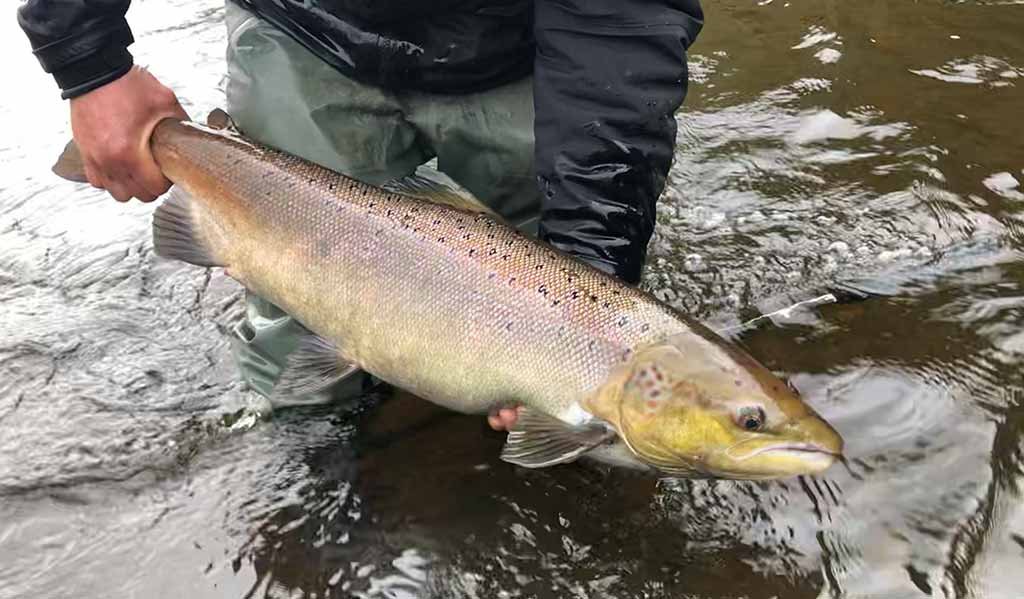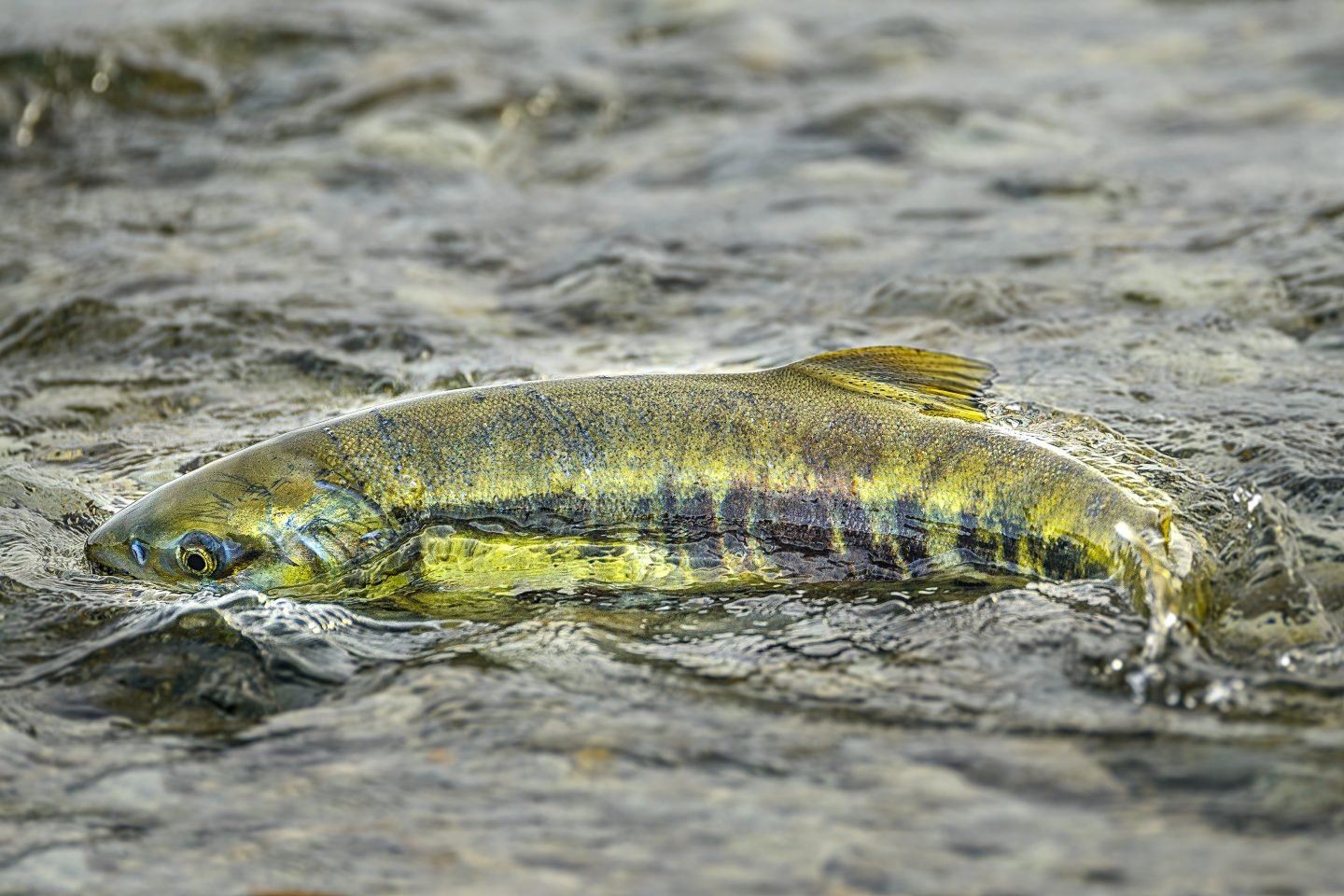Identifying salmon runs is a critical skill for any angler looking to maximize their chances of success. Salmon runs refer to the seasonal migration of salmon from the ocean back to their freshwater spawning grounds. Understanding when and where these runs occur can significantly enhance your fishing experience. This guide will help you identify salmon runs, providing tips on timing, locations, and key indicators to look for.
Understanding Salmon Runs
Salmon runs are the periods when adult salmon return to the rivers and streams where they were born to spawn. These runs are triggered by various environmental factors, including water temperature, daylight hours, and river flow. Knowing the basics of salmon runs is the first step in identifying them accurately.

How to Identify Salmon Runs
Seasonal Timing of Salmon Runs
Different salmon species have distinct run timings, typically aligned with specific seasons. Here’s a general breakdown:
- Spring Runs: In spring, species like Chinook (king) salmon begin their migration. These runs often start in late spring and continue into early summer.
- Summer Runs: During summer, you can expect to see sockeye and pink salmon runs. These runs usually peak between June and August.
- Fall Runs: Fall is prime time for coho (silver) and chum salmon runs. These runs usually occur from September to November.
- Winter Runs: Some regions may experience winter runs, particularly for steelhead trout, which are closely related to salmon. Winter runs typically occur from December to February.
Understanding these seasonal patterns helps you plan your fishing trips more effectively.
Key Locations for Salmon Runs
Identifying the right locations is crucial for finding salmon runs. Here are some prime spots:
- River Mouths: Salmon gather at river mouths before entering freshwater systems. These areas are excellent for fishing during the early stages of a run.
- Estuaries: Estuaries, where rivers meet the ocean, are key transitional zones for salmon. These areas provide rich feeding grounds and are great for fishing during runs.
- Spawning Streams: Once in freshwater, salmon head towards specific streams to spawn. Look for streams with gravel beds, as salmon prefer these for laying eggs.
Indicators of Salmon Runs
To identify active salmon runs, watch for these indicators:
- Jumping Salmon: Seeing salmon jumping out of the water is a clear sign of an active run. This behaviour often occurs when salmon navigate obstacles or adjust to freshwater conditions.
- Bird Activity: Increased activity of birds like seagulls and eagles can indicate salmon runs. These birds prey on salmon, and their presence is a good indicator of fish activity.
- Surface Disturbance: Look for disturbances on the water’s surface, such as splashes or ripples, which suggest salmon moving upstream.
- Fish Finders: Using fish finders can help detect large groups of salmon. These devices provide real-time data on fish location and movement, making it easier to identify runs.
Techniques for Fishing Salmon Runs
Fishing during salmon runs requires specific techniques to increase your chances of success. Here are some tips:
- Timing Your Casts: Salmon are more active during certain times of the day. Early morning and late evening are often the best times to fish during runs.
- Using Appropriate Gear: Use gear that matches the size and strength of the salmon you’re targeting. This includes strong fishing lines, appropriate hooks, and durable rods.
- Bait and Lures: Use bait and lures that mimic the salmon’s natural prey. Popular choices include eggs, flies, and spoons. Experiment with different options to see what works best.
Legal Considerations and Conservation
Understanding and following local regulations is crucial when fishing for salmon during runs. Here are some key points:
- Licensing: Ensure you have the appropriate fishing license for the region and season.
- Catch Limits: Be aware of catch limits and size restrictions to avoid overfishing.
- Catch and Release: Practice catch and release, especially for species that are protected or endangered, to help maintain healthy salmon populations.
Conclusion
Identifying salmon runs can transform your fishing experience, offering exciting opportunities to catch these magnificent fish. By understanding the timing, key locations, and indicators of salmon runs, and employing effective fishing techniques, you can increase your success rate. Remember to respect local regulations and conservation efforts to ensure that future generations can also enjoy the thrill of salmon fishing. Happy fishing!




